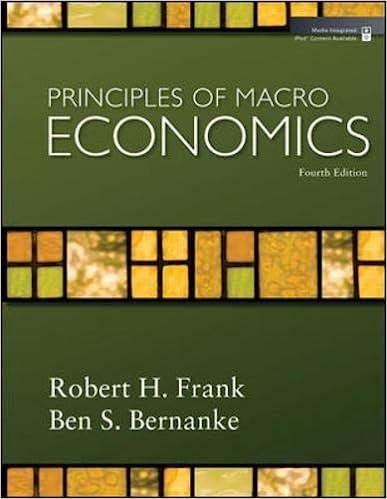Eastlands currency is called the eastmark and Westlands currency is called the westmark. In the market in
Question:
Eastland’s currency is called the eastmark and Westland’s currency is called the westmark. In the market in which eastmarks and westmarks are traded for each other, the supply of and demand for eastmarks are given by Demand 25,000 5,000e 50,000(rE rW), Supply 18,500 8,000e 50,000(rE rW).
The nominal exchange rate e is measured as westmarks per eastmark, and rE and rW are the real interest rates prevailing in Eastland and Westland, respectively.
LO2, LO3
a. Explain why it makes economic sense for the two real interest rates to appear in the demand and supply equations in the way they do.
b. Initially, rE rW 0.10, or 10 percent. Find the market equilibrium value of the eastmark.
c. The Westlandian central bank grows concerned about inflation and raises Westland’s real interest rate to 12 percent. What happens to the market equilibrium value of the eastmark?
d. Assume that the exchange rate is flexible and that Eastland does not change its real interest rate following the increase in Westland’s real interest rate. Is the action of the Westlandian central bank likely to increase or reduce aggregate demand in Eastland? Discuss.
e. Now suppose that the exchange rate is fixed at the value you found in part
b. After the action by the Westlandian central bank, what will the Eastlandian central bank have to do to keep its exchange rate from being overvalued?
What effect will this action have on the Eastlandian economy?
f. In the context of this example, discuss the effect of fixed exchange rates on the ability of a country to run an independent monetary policy.
Step by Step Answer:







